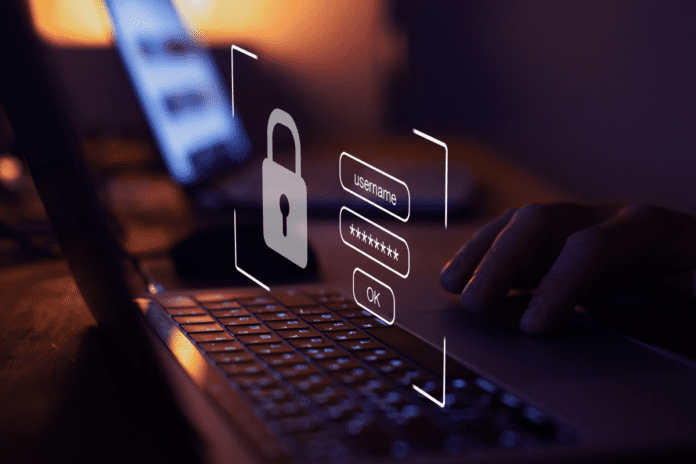In an increasingly connected world, smart devices have transformed everyday life, offering convenience, automation, and efficiency. From voice assistants to smart thermostats and security cameras, these innovations help make homes more intelligent and responsive. However, as smart technology advances, so do the risks associated with cyber threats. Hackers target home networks to access personal information, take control of devices, or launch larger cyberattacks. Protecting your digital home requires a proactive approach to cybersecurity, ensuring that your data and privacy remain secure.
The Role of Home Internet Plans in Cybersecurity
Choosing the right home internet plans can also play a significant role in cybersecurity. Many internet service providers now offer plans with built-in security features, such as automatic malware detection, firewall protection, and parental controls. These features can help prevent cyber threats before they reach your devices, adding another layer of defense to your smart home.
Additionally, higher-speed internet plans with low latency can support advanced security measures like real-time threat monitoring and encrypted VPN connections. Investing in a plan that prioritizes security and performance ensures that your home network remains both fast and protected.
Understanding the Risks of Smart Homes
Every internet-connected device in your home presents a potential entry point for cybercriminals. Many smart home gadgets, such as Wi-Fi-enabled cameras, smart locks, and even refrigerators, are designed for convenience rather than security. Unfortunately, this can leave gaps that hackers exploit to gain unauthorized access. Common threats include malware, phishing attacks, and unauthorized remote control of devices, all of which can compromise personal safety and sensitive information.
With the number of connected devices in households growing rapidly, cybercriminals now have more opportunities than ever to infiltrate home networks. Weak passwords, outdated software, and unsecured Wi-Fi connections are just a few of the vulnerabilities that put smart homes at risk. Homeowners must take steps to secure their networks and devices, ensuring that their homes remain protected from cyber threats.
Securing Your Home Network
Your home network is the foundation of your digital security. Without a strong defense, hackers can easily penetrate your system and compromise all connected devices. One of the simplest ways to enhance security is to use a strong, unique password for your Wi-Fi network. Many homeowners stick with the default credentials provided by their internet service provider, but these are often easy to guess or find online. Changing the default Wi-Fi name and using a complex password can significantly improve security.
Another crucial step is enabling encryption on your router. WPA3 encryption, the latest security standard for Wi-Fi networks, provides a higher level of protection against cyber threats. If your router does not support WPA3, using WPA2 is still a strong option. Additionally, regularly updating your router’s firmware ensures that it has the latest security patches and defenses against vulnerabilities.
For those looking for an extra layer of protection, setting up a separate guest network for smart devices can be beneficial. This isolates them from personal computers, smartphones, and other critical devices, reducing the chances of a security breach spreading throughout the network.
Protecting Your Smart Devices
Once your network is secure, the next step is ensuring that each connected device has proper safeguards. Many smart home products rely on apps and cloud-based services to function, meaning that a weak password or outdated software can expose them to cyber threats.
Having an extra layer of security makes it harder for hackers to gain access, even if they obtain your password. Keeping software and firmware updated is equally important, as manufacturers frequently release patches to fix vulnerabilities and improve security.
Additionally, be mindful of the permissions that smart devices request. Many apps ask for access to personal data, microphones, or location services that may not be necessary for their functionality. Regularly reviewing and adjusting these settings helps minimize the risk of data exposure.
Maintaining Ongoing Security
Cybersecurity is not a one-time task—it requires ongoing vigilance. Regularly monitoring network activity, changing passwords periodically, and staying informed about emerging cyber threats can help keep your home secure. Investing in cybersecurity tools, such as VPN services and network monitoring software, adds extra protection against potential attacks.
By taking proactive steps to secure your home network and smart devices, you can enjoy the benefits of smart living without compromising your privacy and security. As the digital landscape continues to evolve, prioritizing cybersecurity will remain essential for protecting your connected home.










